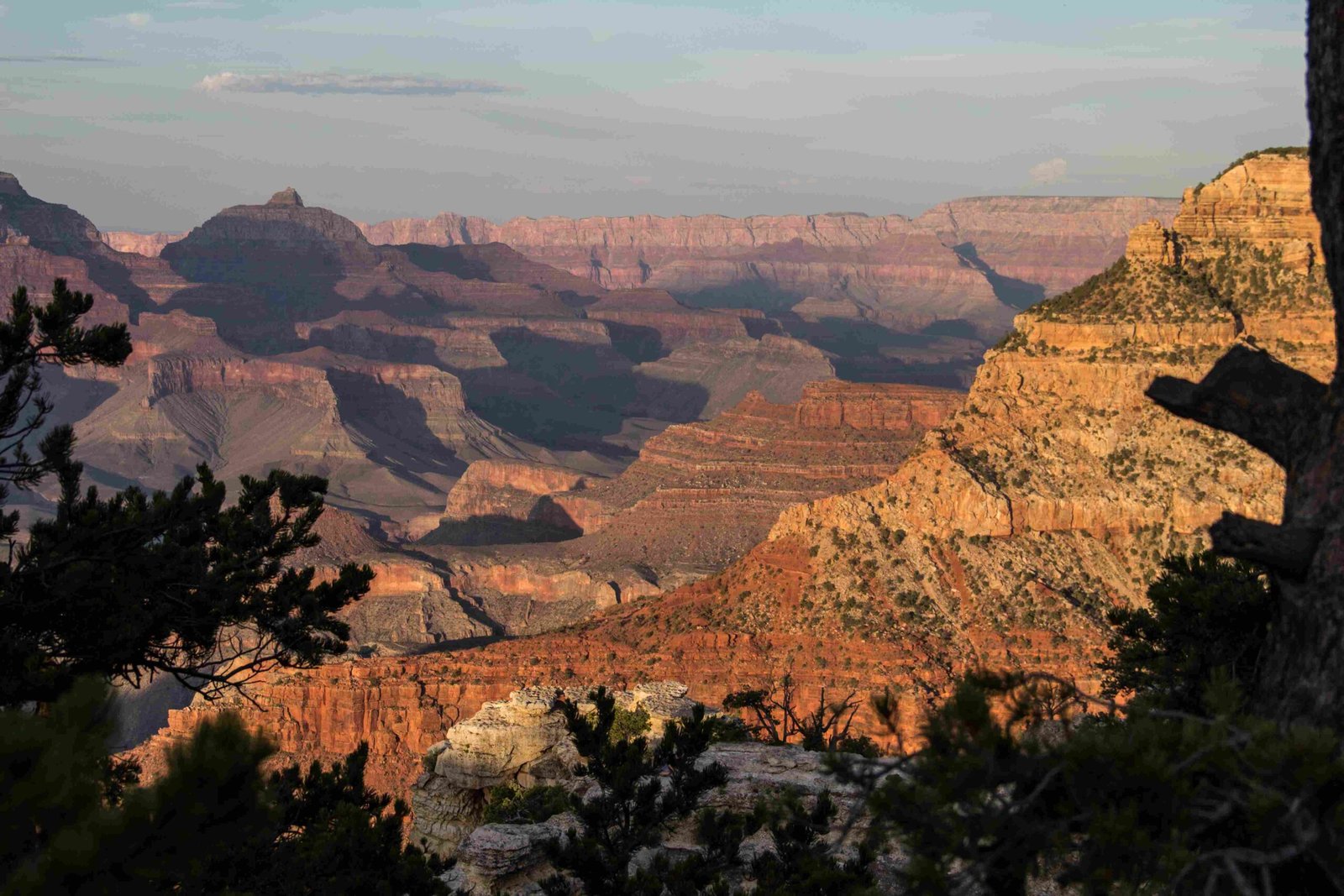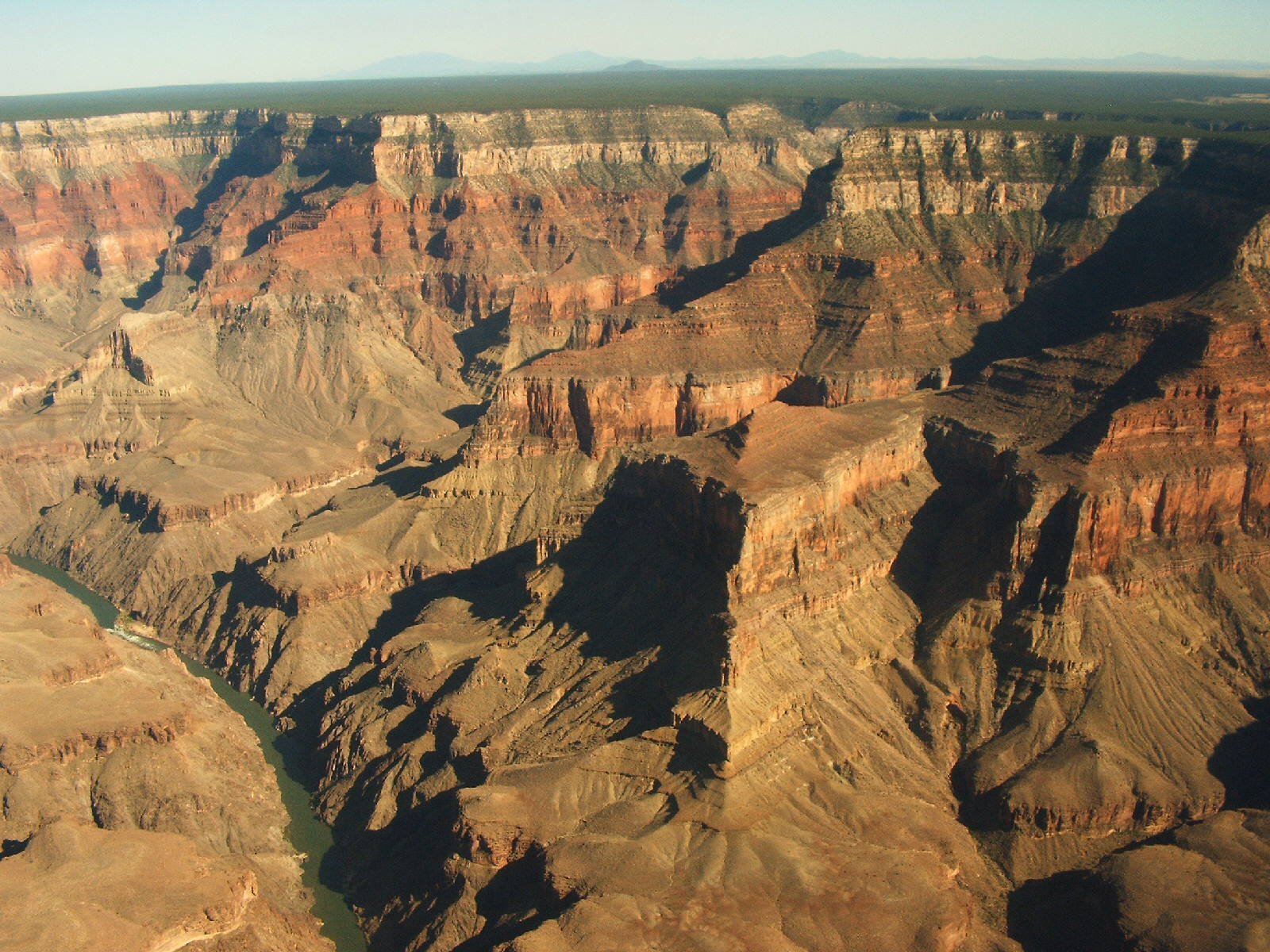The Grand Canyon harbors an extraordinary fossil record that chronicles nearly 1.2 billion years of Earth’s biological evolution. From microscopic stromatolites in Precambrian rocks to complex marine organisms in Paleozoic sediments, this geological marvel preserves a remarkable timeline of life’s transformation, offering scientists unprecedented insights into prehistoric ecosystems and evolutionary processes.
What Makes Grand Canyon a Fossil Treasure Trove?

Geological Time Capsule of Fossil Diversity
The Grand Canyon represents a unique geological window, revealing multiple fossil-rich layers that document life’s incredible journey. Its rock formations contain diverse fossil assemblages representing different geological periods, making it a premier destination for paleontological research.
Key Fossil Categories
| Geological Period | Fossil Types | Approximate Age |
|---|---|---|
| Precambrian | Stromatolites, Microfossils | 1.2-541 Million Years |
| Cambrian | Trilobites, Marine Invertebrates | 541-485 Million Years |
| Paleozoic | Brachiopods, Corals, Cephalopods | 485-252 Million Years |
| Mesozoic | Early Reptiles, Terrestrial Organisms | 252-66 Million Years |
Where Can Researchers Discover Significant Fossils?
Prominent Fossil Locations in Grand Canyon
- Inner Gorge
- Oldest rock formations
- Contains Proterozoic Grand Canyon Supergroup
-
Accessible via Colorado River or challenging hiking trails
-
Tonto Group
- Includes Tapeats Sandstone, Bright Angel Shale
- Rich in Cambrian marine fossils
-
Exposed in lower to middle canyon regions
-
Redwall Limestone
- Middle to upper canyon sections
- Abundant marine organism fossils
- Visible through Bright Angel and North Kaibab Trails
How Do Scientists Study Grand Canyon Fossils?
Identification Techniques
- Visual Examination
- Analyzing morphological characteristics
- Comparing with known fossil databases
-
Utilizing advanced microscopic technologies
-
Stratigraphic Context
- Determining fossil age through rock layer positioning
- Correlating fossil assemblages with geological timelines
What Challenges Exist in Grand Canyon Fossil Research?
Research Limitations
- Strict preservation regulations
- Challenging terrain
- Complex geological structures
- Limited accessibility to certain formations
Significance of Grand Canyon Fossil Discoveries
The fossil record in Grand Canyon provides critical evidence for:
– Evolutionary transitions
– Ancient marine ecosystem dynamics
– Climate change patterns
– Biological diversification processes
Preservation and Ethical Considerations
- Strict No-Collection Policy
- Fossils must remain in their original location
- Photography and documentation encouraged
- Scientific research requires special permits
Future Research Potential
Ongoing technological advancements in:
– Molecular analysis
– High-resolution imaging
– Computational paleontology
Expert Recommendations for Fossil Enthusiasts
- Join guided geological tours
- Attend ranger-led educational programs
- Use professional-grade binoculars
- Carry detailed geological maps
- Respect preservation guidelines
Conclusion

Grand Canyon’s fossil record represents an unparalleled geological archive, offering profound insights into Earth’s biological history. Each rock layer tells a complex story of life’s remarkable transformation.

